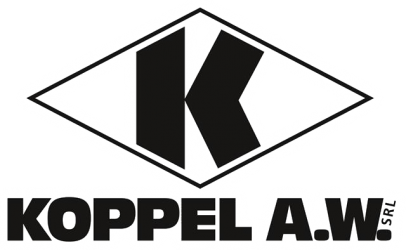From the point of view of fire prevention, the most important factor when designing lift systems in Italy, and Europe as whole, is the need to compartmentalize the lift shaft with respect to other parts of the building that are subject to fire prevention regulations.
In order to achieve this, the constructor must ensure that the shaft itself is designed and built to be sufficiently fire-resistant, whereas the lift manufacturer must install fire resistant doors that conform to the applicable standards. The latter depend on the type of building in use and on the national laws and regulations.
For example, the type of fire door required in Italy is different to that required in Great Britain, which, in turn, differ from that used in France, and so on.
However, all fire doors, irrespective of flame and smoke resistance and/or thermal isolation characteristics, must be tested and certified by authorised laboratories in accordance with the harmonised Standard EN 81-58.
More generally in Europe, certain buildings must be equipped with a lift for use by firemen that provide emergency teams with rapid access to fires on any floor. These lifts must conform to the corresponding harmonized Standard EN 81-72. KOPPEL A.W. is also able to supply this kind of system.
In addition to the question of fire prevention, in the event of a fire every lift installed in Europe should be able to satisfy the requirements of the Standard EN 81-73 “Behaviour of lifts in the event of fire”. In essence, this standard stipulates that, if the system is equipped with an automatic or manual fire detector and indicator system, once it is connected to the lift it should ensure that the lift completes the last maneuver, permitting the passengers to escape from the cabin, moves to a safe floor and remains there with its doors open so that no one can become trapped inside it during the fire. All Koppel lifts are equipped with this function.
The KOPPEL A.W. technical department will be happy to supply any additional information.
